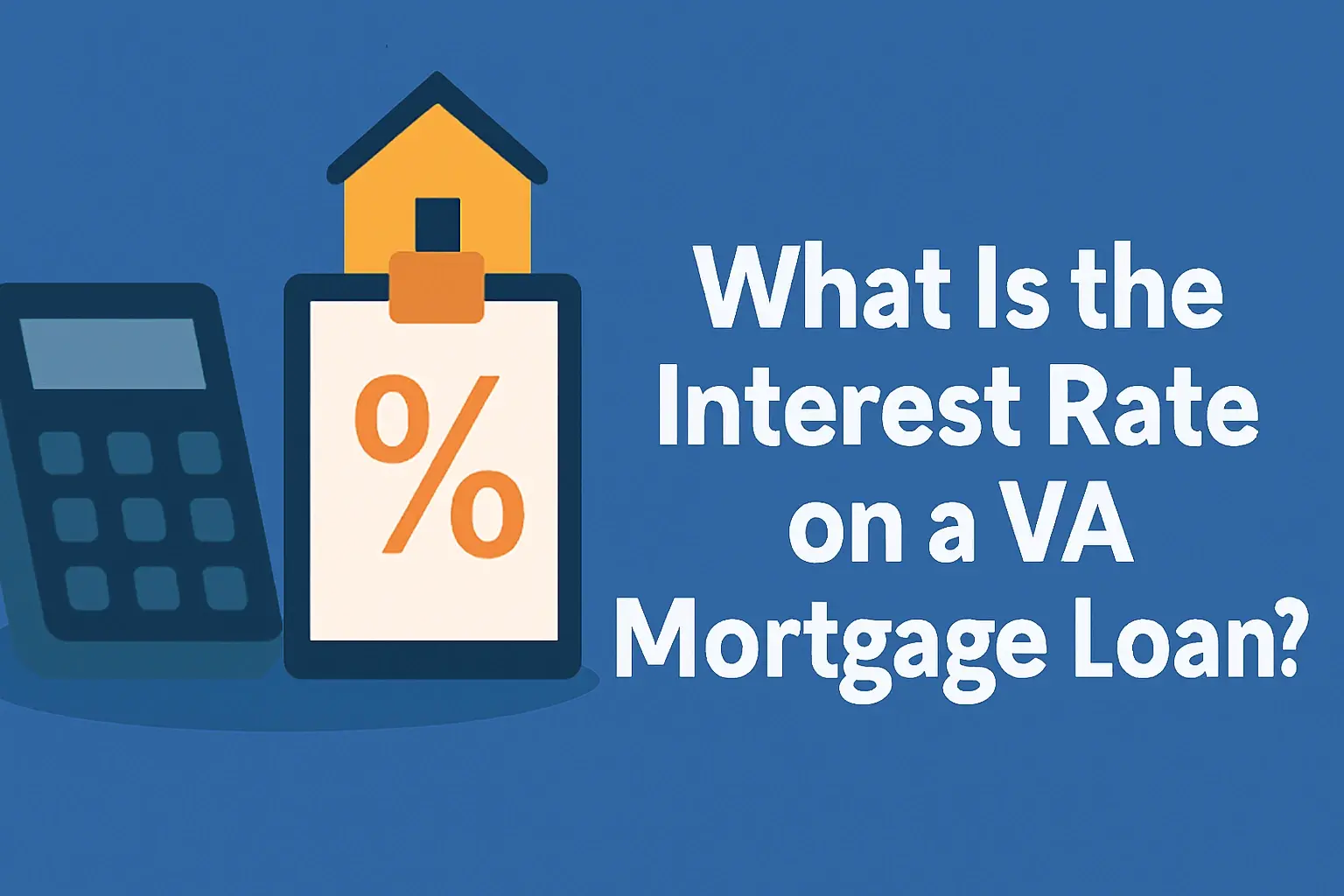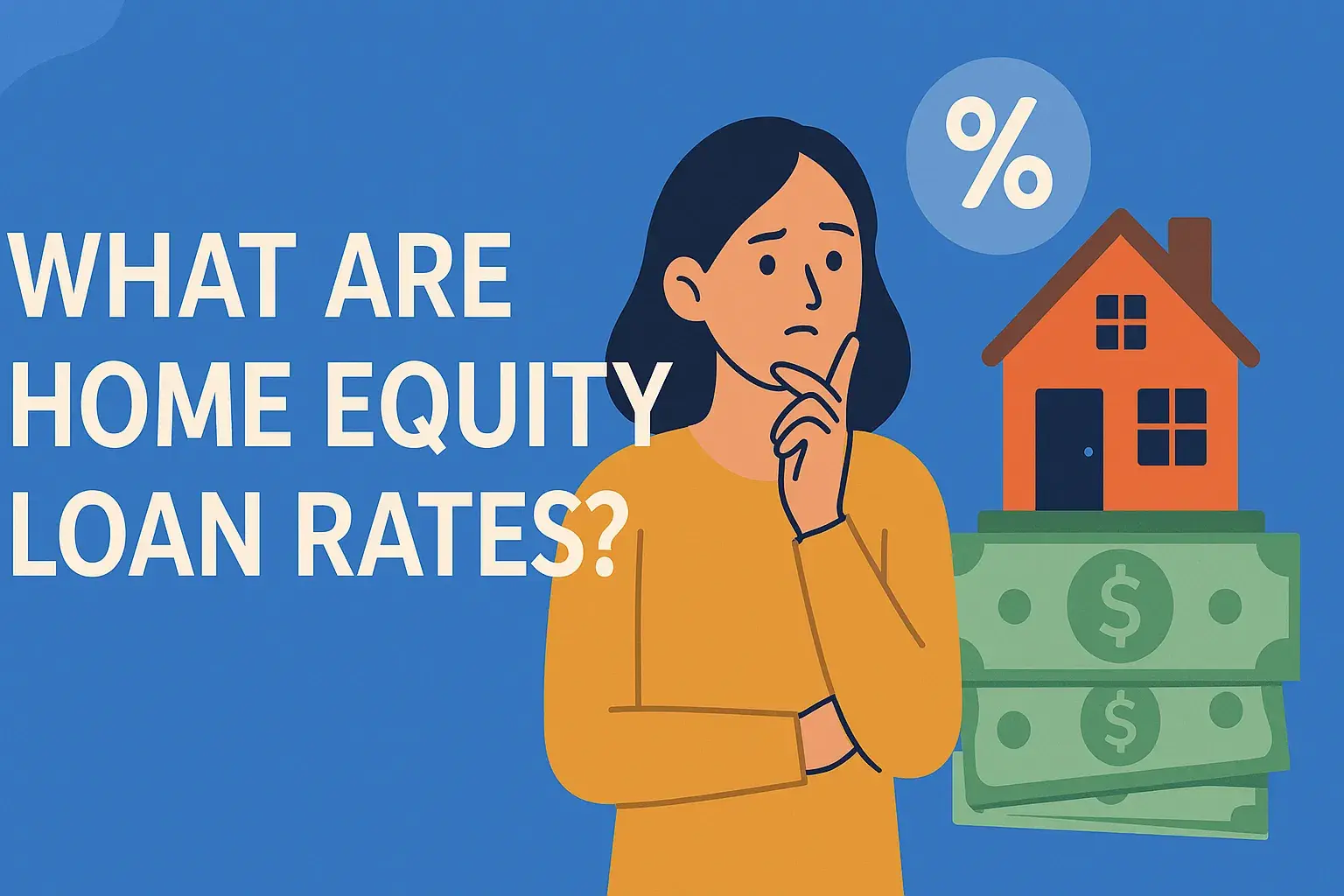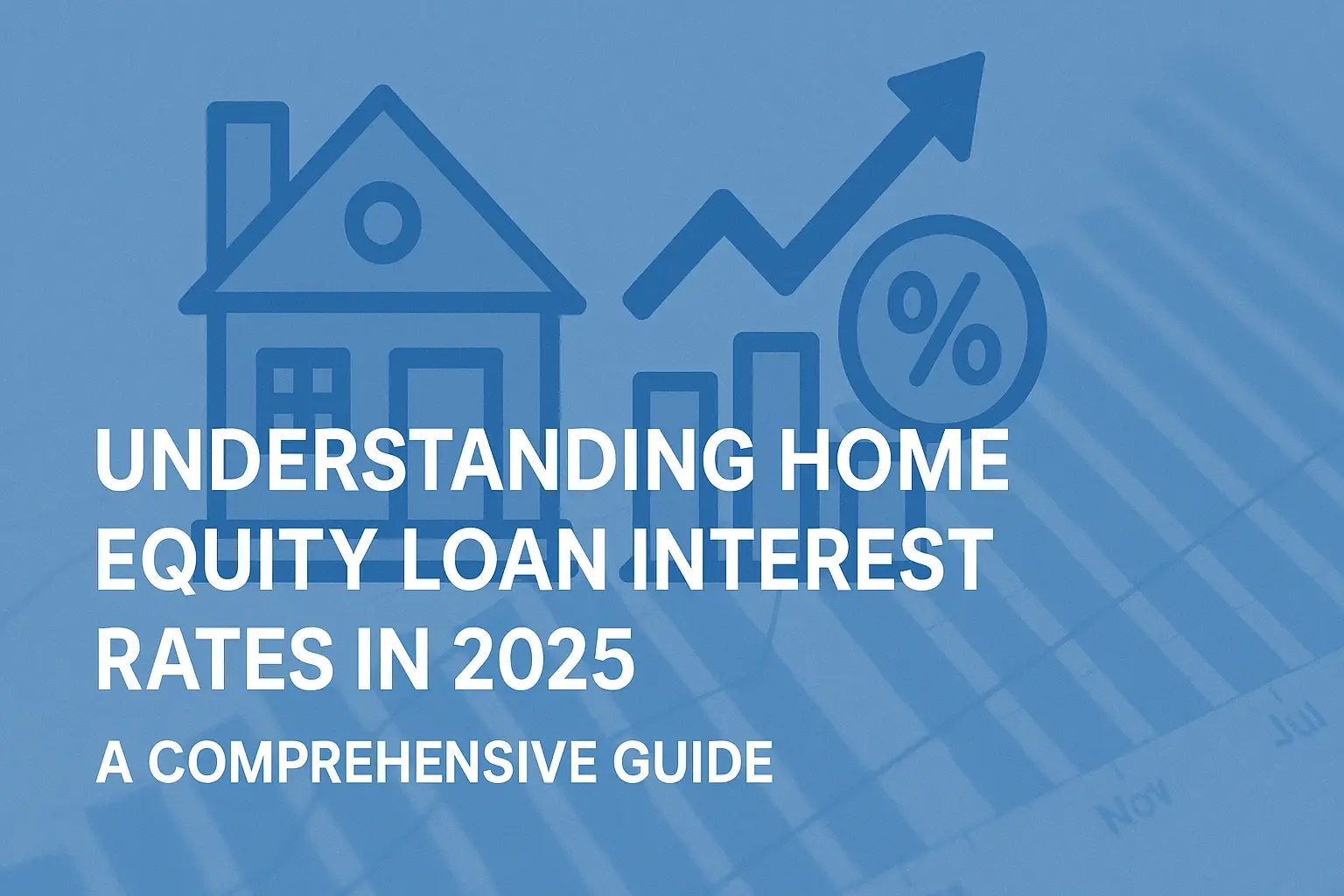The VA loan program is a fantastic benefit offered to eligible veterans, active-duty service members, and surviving spouses. It provides access to homeownership with favorable terms, often including no down payment and competitive interest rates. But before you start house hunting, a critical question looms: "How much home can I actually afford with a VA loan?" This comprehensive guide will walk you through the factors influencing your affordability, help you calculate your potential loan amount, and provide essential insights to make informed decisions about your home-buying journey.
Understanding VA Loan Basics
Before diving into affordability, let's recap the key features of a VA loan:
- No Down Payment: One of the biggest advantages is the potential for a zero-down-payment mortgage. This can significantly lower the upfront costs of buying a home.
- Competitive Interest Rates: VA loans typically offer lower interest rates compared to conventional loans, saving you money over the life of the loan.
- No Private Mortgage Insurance (PMI): Unlike conventional loans with less than a 20% down payment, VA loans don't require PMI, further reducing your monthly expenses.
- VA Funding Fee: This is a percentage of the loan amount that is paid to the VA. It helps keep the program running and is usually financed into the loan. The fee varies based on factors like your down payment amount (if any) and whether it's your first time using a VA loan. Certain veterans are exempt from the funding fee.
- Flexible Credit Requirements: While a good credit score is beneficial, VA loans are generally more forgiving than conventional loans when it comes to credit history.
Factors Influencing Your VA Loan Affordability
Several key factors determine how much you can afford with a VA loan. Lenders evaluate these elements to assess your creditworthiness and ability to repay the loan.
1. Income and Employment History
Your income is the foundation of your affordability. Lenders will scrutinize your income sources and employment history to ensure stability and reliability. This typically involves reviewing pay stubs, W-2s, and tax returns. They'll look for a consistent income stream and a stable employment history (ideally two years or more in the same field). Self-employed individuals will need to provide more documentation, such as profit and loss statements, to verify their income.
2. Debt-to-Income Ratio (DTI)
DTI is a crucial metric lenders use to assess your ability to manage debt. It's calculated by dividing your total monthly debt payments (including the potential mortgage payment, credit card bills, student loans, car loans, etc.) by your gross monthly income. The lower your DTI, the better. While the VA doesn't have a strict DTI limit, most lenders prefer a DTI below 41%. A higher DTI can raise red flags and potentially lead to loan denial.
Example:
Let's say your gross monthly income is $6,000, and your total monthly debt payments (excluding the potential mortgage) are $1,500. If your estimated mortgage payment (including property taxes and insurance) is $1,000, your total monthly debt is $2,500.
Your DTI would be: $2,500 / $6,000 = 0.4167 or 41.67%
3. Credit Score and Credit History
Your credit score is a numerical representation of your creditworthiness. A higher score indicates a lower risk to lenders. While the VA doesn't set a minimum credit score requirement, most lenders prefer a score of 620 or higher. However, some lenders may work with borrowers with lower scores, but they may charge higher interest rates.
Your credit history is equally important. Lenders will review your credit report for any late payments, defaults, collections, bankruptcies, or foreclosures. A clean credit history demonstrates responsible financial management and increases your chances of loan approval.
4. VA Loan Entitlement
Your VA loan entitlement is the amount the VA guarantees to the lender if you default on the loan. There are two types of entitlement: basic and bonus. Basic entitlement is $36,000, which typically allows you to borrow up to $144,000 without a down payment (based on a 4:1 loan-to-entitlement ratio). Bonus entitlement is available in high-cost areas and allows you to borrow more. The amount of bonus entitlement depends on the conforming loan limits set by Fannie Mae and Freddie Mac.
5. Residual Income
Residual income is the amount of money you have left over each month after paying all your debts and living expenses. The VA requires borrowers to have a certain amount of residual income based on their family size and geographic location. This ensures that you can comfortably afford your mortgage payments even after covering all your other essential needs. You can find the current residual income guidelines on the VA website or through your lender.
6. Assets and Savings
While not as critical as income and credit, having assets and savings can strengthen your loan application. Lenders may consider your savings accounts, investments, and other assets as a buffer in case of unexpected expenses. A healthy financial cushion demonstrates financial stability and responsibility.
Calculating Your VA Loan Affordability
Calculating your VA loan affordability involves a multi-step process:
- Determine Your Gross Monthly Income: Calculate your total income before taxes and deductions. Include all sources of income, such as salary, wages, bonuses, and commissions.
- Calculate Your Total Monthly Debt Payments: List all your recurring monthly debt obligations, including credit card payments, student loans, car loans, and any other loans. Do *not* include expenses like groceries, utilities, or entertainment.
- Estimate Your Potential Mortgage Payment: Use online mortgage calculators or consult with a lender to estimate your monthly mortgage payment, including principal, interest, property taxes, and homeowners insurance (PITI). Don't forget to factor in the VA funding fee.
- Calculate Your Debt-to-Income Ratio (DTI): Divide your total monthly debt payments (including the estimated mortgage payment) by your gross monthly income. Aim for a DTI below 41%.
- Assess Your Residual Income: Compare your remaining income after paying all debts and living expenses to the VA's residual income guidelines for your family size and location.
- Consider Loan Limits: Be aware of the VA loan limits in your area. These limits may restrict the amount you can borrow without a down payment. While you can still borrow more than the loan limit, you may need to make a down payment for the difference.
Using Online Mortgage Calculators
Online mortgage calculators are valuable tools for estimating your affordability. However, keep in mind that these calculators are just estimates. The actual loan amount and interest rate you qualify for will depend on your specific financial situation and the lender's underwriting criteria. Input accurate information into the calculator, including your income, debts, credit score, and down payment amount (if any), to get a more realistic estimate.
VA Loan Limits: Understanding Your Borrowing Power
As of 2024, the VA generally guarantees loans up to the conforming loan limits set by the Federal Housing Finance Agency (FHFA). These limits vary by county and are typically higher in high-cost areas. For most areas, the conforming loan limit is around $726,200 (this number changes annually - verify the current year's limit). However, eligible veterans with full entitlement can often borrow more than this amount without a down payment. If you are purchasing a home above the loan limit, you may need to make a down payment for the difference. It's crucial to check the VA loan limits for the specific county where you plan to purchase a home.
Tips for Improving Your VA Loan Affordability
If you're not happy with your initial affordability estimate, there are several steps you can take to improve your situation:
- Reduce Your Debt: Pay down high-interest debt, such as credit card balances, to lower your DTI.
- Improve Your Credit Score: Make all your payments on time, avoid opening new credit accounts, and dispute any errors on your credit report.
- Increase Your Income: Explore opportunities to increase your income, such as a part-time job or a raise at your current job.
- Save for a Down Payment: While not required, making a down payment can lower your loan amount and improve your chances of approval, especially if you're borrowing above the loan limit.
- Shop Around for Lenders: Get quotes from multiple lenders to compare interest rates and loan terms. Different lenders may have different underwriting criteria, so it's worth exploring your options.
- Consider a Co-Borrower: If eligible, adding a co-borrower (like a spouse) can increase your combined income and improve your affordability.
Working with a VA Loan Specialist
Navigating the VA loan process can be complex. Working with a VA loan specialist is highly recommended. These professionals have expertise in VA loans and can guide you through the application process, answer your questions, and help you find the best loan options for your needs. They can also help you determine your eligibility, understand the VA funding fee, and navigate any potential challenges.
The VA Appraisal Process
The VA requires an appraisal to ensure that the property meets their minimum property requirements (MPRs). These MPRs are in place to protect veterans from purchasing unsafe or unsound homes. The VA appraiser will assess the property's condition, safety, and market value. The appraisal process is crucial for both the lender and the borrower. It helps ensure that the property is worth the purchase price and that it meets the VA's standards for habitability.
Final Thoughts: Planning Your Path to Homeownership
Determining how much home you can afford with a VA loan is a critical first step in your home-buying journey. By understanding the factors influencing your affordability, calculating your potential loan amount, and working with experienced professionals, you can confidently pursue your dream of homeownership. Remember to be realistic about your budget and prioritize your financial well-being. With careful planning and preparation, you can successfully leverage the benefits of the VA loan program to achieve your homeownership goals.









